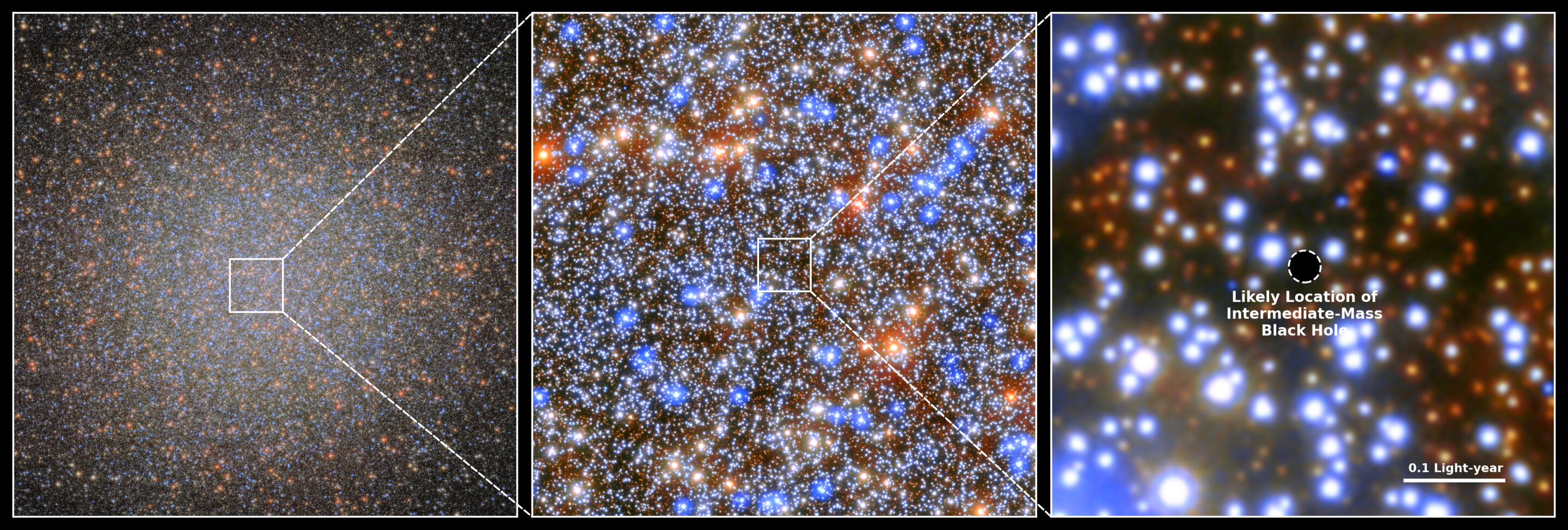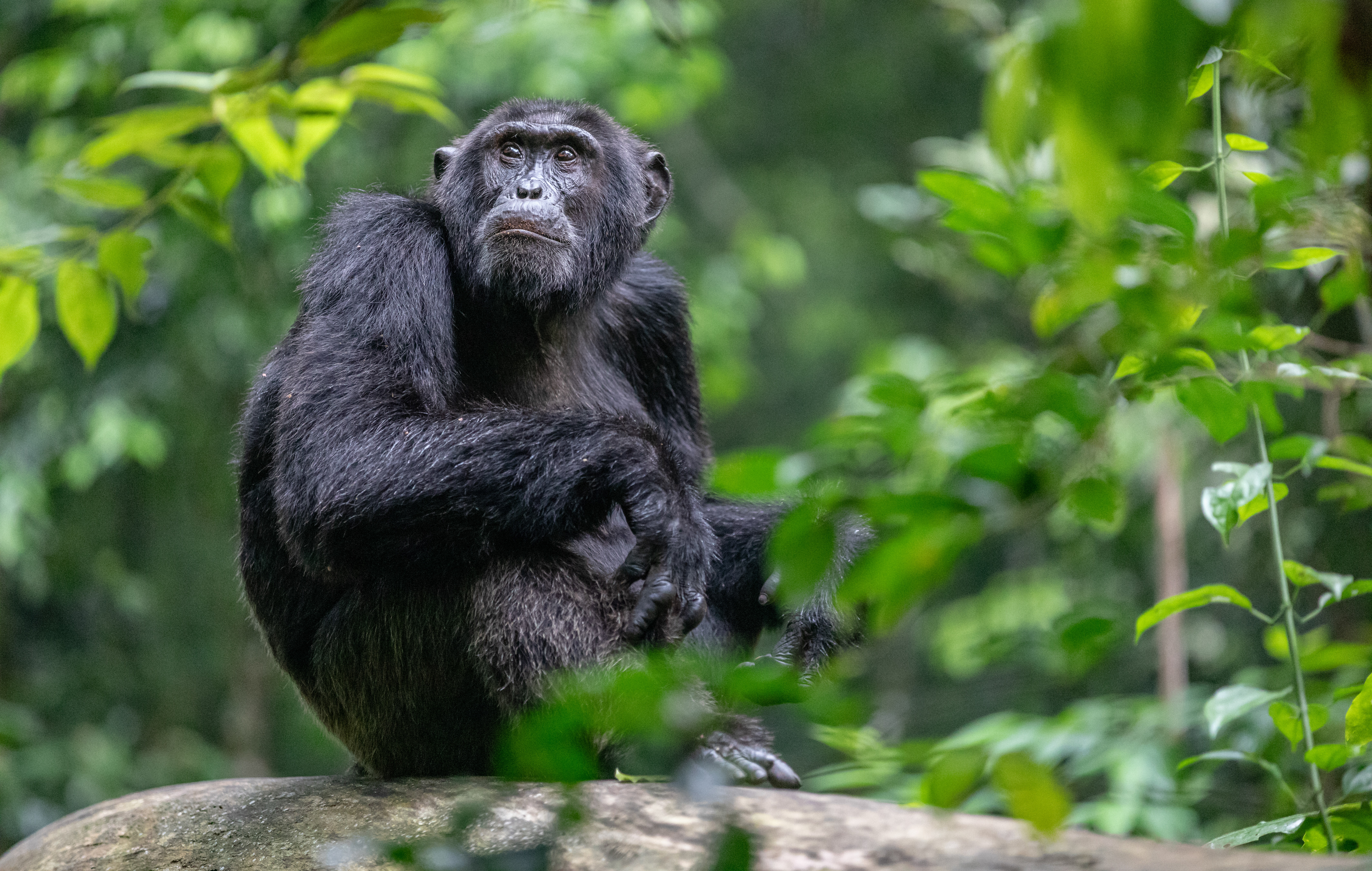NASA’s Hubble Telescope discovers closest black hole to Earth – changing our understanding of space
A galaxy frozen in time has been hailed as the missing link in black hole formation, discovered using 500 photographs

The James Webb Space Telescope has been stealing all the thunder from the poor old Hubble in recent weeks.
However, now, using the Hubble Space Telescope, astronomers have discovered the closest black hole to Earth ever witnessed.
It was spotted using the telescope after scientists noticed stars whizzing around as if they were being pulled by a gravitational force.
Previously, scientists have only been able to locate stellar black holes, about the mass of a single star, and supermassive black holes, which can have masses of billions of suns, but they have struggled to locate anything in the middle, until now.
This exciting discovery has been hailed as the “missing link” in our understanding of black holes.
The newly–found intermediate black hole sits in a spectacular collection of about ten million stars known as Omega Centauri, about 18,000 light years from Earth.
Through even the best telescope for astrophotography you’d struggle to tell the difference between this black hole and other so–called globular clusters, but a new study by Maxililan Häberle (Max Planck Institute for Astronomy), confirms what astronomers had been suspecting for some time: Omega Centauri contains a central black hole.
Get the Digital Camera World Newsletter
The best camera deals, reviews, product advice, and unmissable photography news, direct to your inbox!
It appears to be stuck in an intermediate stage of evolution, and is considerably less massive than typical black holes in the centres of galaxies. The Omega Centauri seems to be the center of a small galaxy, separate from the Milky Way, whose evolution was cut short when the Milky Way engulfed it.
The Hubble Space Telescope was launched in 1990, and has made over 1.6 million observations including the Eagle Nebula, and the Hubble Deep Field, which revolutionized the way we understand the universe.
To achieve this discovery, Maximilian Häberle, a Ph.D. student at the Max-Planck Institute for Astronomy, studied 1.4 million stars in Omega Centauri by pouring over 500 images from the Hubble Telescope. Most of these images were intended to be used to calibrate the Hubble's instruments, rather than for scientific use, but they turned out to be the ideal data for the task.
Take a look at our guides to the best cameras for astrophotography, and the best telescopes for astrophotography.

After graduating from Cardiff University with an Master's Degree in Journalism, Media and Communications Leonie developed a love of photography after taking a year out to travel around the world.
While visiting countries such as Mongolia, Kazakhstan, Bangladesh and Ukraine with her trusty Nikon, Leonie learned how to capture the beauty of these inspiring places, and her photography has accompanied her various freelance travel features.
As well as travel photography Leonie also has a passion for wildlife photography both in the UK and abroad.

